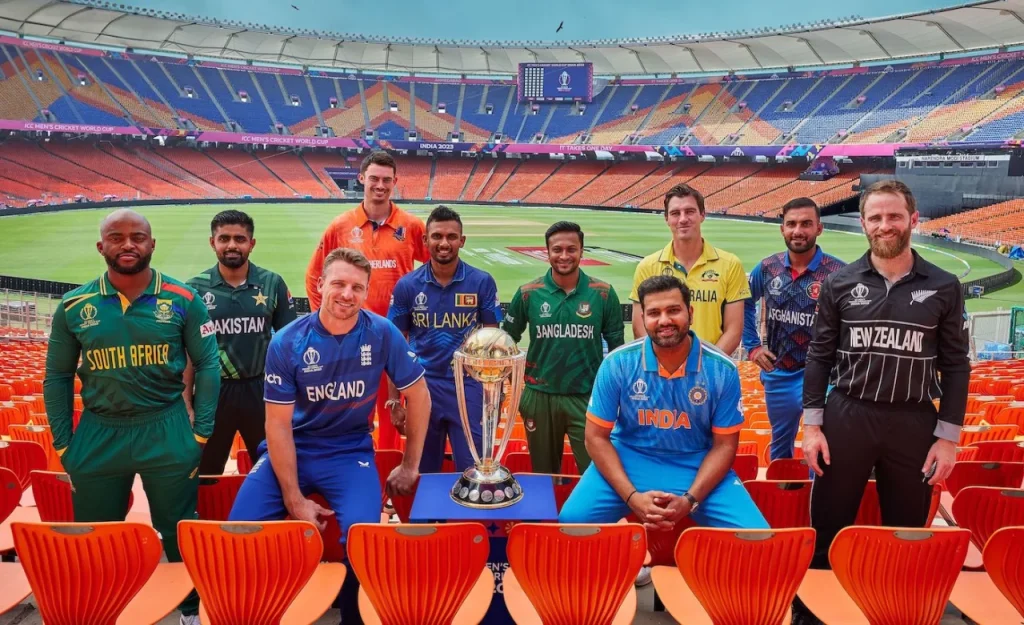1987: A first-ever venture outside of the UK, to a place where cricket as a business was just about emerging, with signs of promise.
1996: A rip-roaring commercial success, in a region which had unquestionably become the most happening destination for cricket.
2011: Another grand success, culminating in a triumph for the home team, in a country where Twenty20 had started capturing the imagination of the fans.
2023: India sole host for the first time. The place has changed. The IPL is what sells. Takers for Tests are almost extinct. Interest in ODIs is not the same, but they still draw crowds.
Second only to the United Kingdom in hosting four World Cups, India has seen it in different stages of the 50-over game’s evolution, in terms of innovations of and off the field and acceptability of the format. The competition returns to India when the game that lasts about eight hours is at a most critical juncture.
In some places, it has lost relevance. Spectators have turned away from ODIs and so have the sponsors. Almost every Test-playing nation has its own and much-celebrated T20 league. The 50-over game, they say, has no takers and this notion is often supported by facts and figures. Players in the West Indies, for example, have almost shunned this version and tilted completely towards T20s.
Stars are staying away from this format. Between 2011 and 2015, Virat Kohli had played 96 ODIs. This number was 78 for the next four years. Since 2019? Arguably the biggest star of contemporary ODI cricket has turned up just 45 times. After England’s triumph in 2019, Joe Root has played 19 games. If the top names are absent, it’s natural that the sponsors and spectators will be too.
A World Cup in India may be the best and last survival chance for this version born in 1971. This is the only country where each game featuring the home team gets a full house and more. The packed stands you see for World Cup games featuring India in Australia and England are also filled with men, women and children in blue. It’s they who create the atmosphere, whether it is in Melbourne or Manchester.
Strengthening its link with India can keep ODIs alive. If Indians continue to support this format, there will be World Cups and Champions Trophies. In terms of sheer numbers, it won’t matter how many ‘hits’ or ‘likes’ or ‘views’ it gets in other places. It will matter in terms of the game’s reach, but the International Cricket Council will be more than happy to keep its present flock together.
Of course, it would be a huge boost if India wins the World Cup. One can imagine what kind of frenzy that would generate. That momentum itself could keep this ship afloat for at least a period. Talk of a revival of commercial interest in cricket in England after the 2019 World Cup is an example. But since that eventuality can’t be guaranteed, it has to come down to the dish on offer.
There have to be big names playing this format and new stars coming up. For that to happen, the cricket boards and players will have to take ODIs seriously. Only this can assure those spending on the game that the best possible product or something close to it is on the plate. In other words, stakeholders like players, boards, investors and fans have to be convinced that this is worth it.
Looking at those attracted to the IPL and other T20 leagues and the numbers attracting the players and investors towards those ventures, it is difficult to foresee a drastic change. Logically, there is no reason to think the 50-over game will regain an inch of ground lost to T20s. But success in India can sometimes defy logic when it comes to cricket. The ICC will hope the 13th World Cup turns out to be a lucky one.





